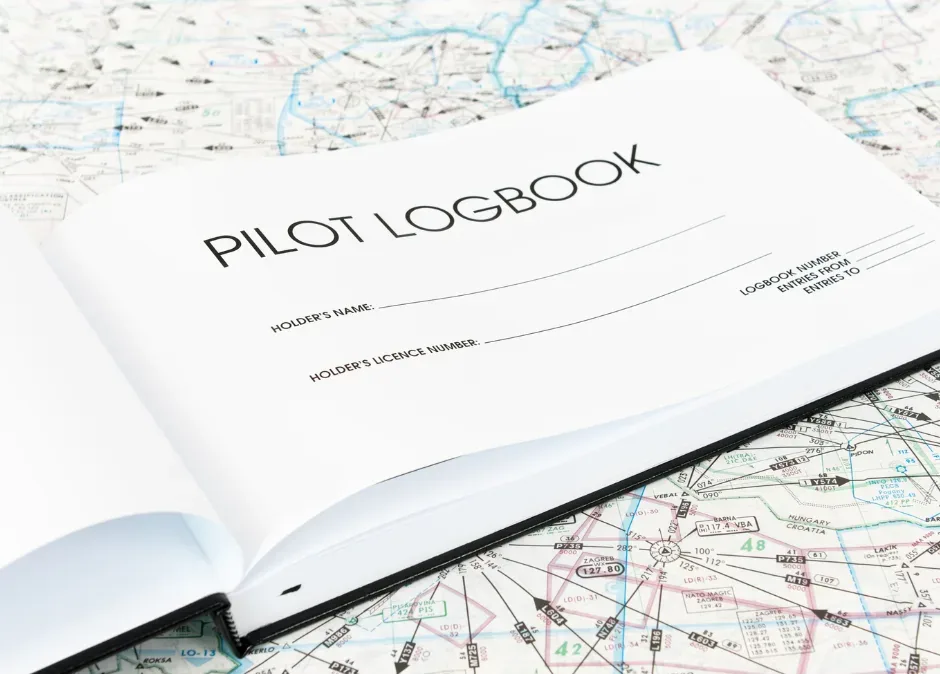Stay Current PSA Newsroom

January 28, 2025
Six Logbook Tips from a Recruiter
Your pilot logbook is one of the most critical documents when applying for a position at PSA Airlines. A well-organized, accurate logbook not only showcases your attention to detail but also ensures a smooth review process. To help you stand out during the application process, here are six essential tips from our recruiters:
- Log Flight Times Accurately
All flight times must be recorded in compliance with FAA regulations. Avoid any “pencil whipping” or exaggerating flight times, as accuracy is non-negotiable. - Total Every Column
Ensure every column of every page is totaled, even if you didn’t log new hours. Use a ‘0’ for columns without new entries and carry over the most recent totals to the new page. This consistency keeps your logbook clear and easy to review. - Use Black or Blue Ink
All entries should be made in black or blue pen, and each page must be signed. This simple step ensures professionalism and compliance. - Keep It Legible
Your logbook must be easy to read. If it’s illegible, recruiters may not be able to complete the review, which could delay your application. - Meet Minimum Hour Requirements
Before applying, double-check that you meet FAA and PSA’s minimum hour requirements for the position. Staying within the allowed timeframe ensures you’re eligible. - Tab Out Check Ride Failures
Clearly mark any check ride failures in your logbook. Transparency is key, and recruiters will appreciate your honesty.
By following these tips, you’ll not only present a professional logbook but also set yourself up for success in the recruitment process. To learn more about a career as a Pilot at PSA, visit our website.

















